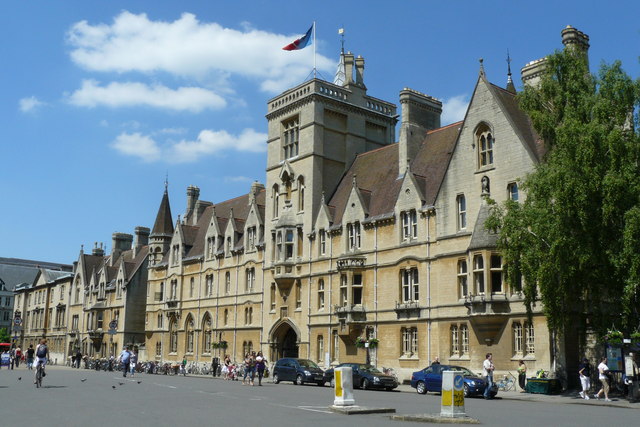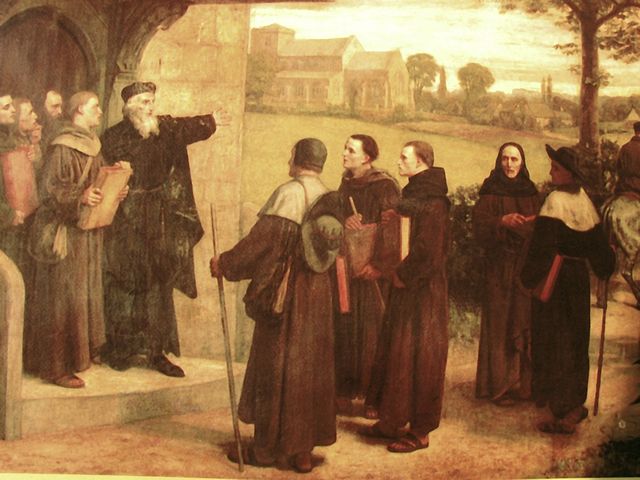The Resurgence of the Gospel, Part Four: The Reconversion of Europe
What the persecutions East and West accomplished was the scattering of Christians, turning them into global missionaries, many of whom preserved the cultures they were called to. Early North African Christian Tertullian, living in the third century made a statement that the blood of the martyrs were the seeds of the church. Re-read through the eyes of a dying Julian on the western plains of Parthian Persia, “O pale Galilean, you have conquered!,” it certainly seemed that way, but it was not all that way. No matter how small the numbers it was the perseverance and the entrenchment of the Christians that made the church into a global phenomenon. In the same century of the third crusade of the 12th century, Christian reform began taking place within Italy and elsewhere in Europe. It was to increase in the thirteen and fourteenth century and explode in the sixteenth. But what was happening in the 12th and 13th centuries had great impact on the gathering “winds” of the late 15th century oceanic enterprise.
Close to the end of the Third Crusade, in ad 1170, Peter Waldo (1140-1217), sold his possessions and devoted the rest of his life preaching the gospel to his fellow Provencal-speaking Italians. To help the non-clergy among them understand the New Testament, he translated it into Provencal. His ministry expanded throughout the western mountain country of Italy, northward toward France and far northeastern Spain. In 1184, Pope Lucius III declared them heretics solely because lay people, including women, were allowed to preach.
The result of the ban was the rapid expansion of the Waldensian movement from strength to strength into the 13th, 14th, 15th, 16th Centuries. The movement would later give impetus to Jan Hus in Prague, southern Germany, and Austria, and finally John Calvin in Switzerland. The Waldensians inspired Luther and the entire Reformation of the 16th century.

Balliol College, Oxford, in 2009.
Image: Peter Trimming / Wikimedia Commons
By the 14th Century, the winds of reform grew stronger within the Roman Catholic Church. One of its number, John Wycliffe (born in the mid-1320’s, died 1384), teaching at Balliol College, Oxford, England, decided to translate the Bible into the English language. He also discouraged the Corbian interpretation of the Holy Eucharist (The Lord’s Supper), and wanted the church to allow wide participation of the laity (the people) with all authority derived from the Scriptures. This did not sit well with Rome. But already the winds of reform billowed in intensity. Three men, members of the King’s Court, Sir William Neville, Sir John Montague and Sir William Beachamp, along with the help of John of Gaunt, supported Wycliffe and with them the Lollard Movement came into being.
Some historians have not given Wycliffe, the Lollards, or Balliol College the credit due to them for all that followed. Wycliffe has been referred to as “the Morning Star of the Protestant” Reformation but considered to be of more importance for England and the events that would lead to William Tyndale’s translation of the Scriptures into English and the adoption of Tyndale’s midland England’s English within the English translation authorized by King James and assigned to Lancelot Andrewes and his committee of scholars to complete.

“Wyclif Giving ‘The Poor Priests’ His Translation of the Bible” by William Frederick Yeames (1835-1918).
Image: Wikimedia Commons
What is not often mentioned is that Balliol College was not a school just for English students. It had a wide reputation across Europe and had students from as far east as Prague in Bohemia (Czechoslovakia). It was a Bohemian student who brought the news of Wycliffe’s work to the ears of Jan Hus, a Roman Catholic preacher in Prague who then picked up within Eastern Europe where Wycliffe left off. In his turn, Hus took issue with the existing Catholic order and gained the ire of the papacy in Rome.
Category: Church History, Spring 2019


